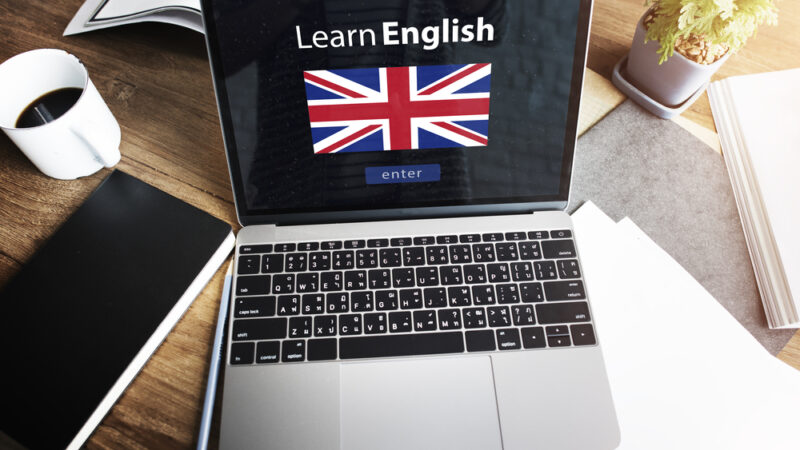7 Steps to Write a Children’s Book Story

Are you wondering about how to write a children’s picture book? Many aspiring authors have either written their story or have a great idea for the story but haven’t done anything with it. Usually, this happens because newbie authors don’t know what to do next.
If this sounds familiar, then you are here at the right place.
Let us go through some ideas that will help you write a children’s book story:
Determine What You Want to Write About
If you have a vague idea about the topic that you want to write, you might want to write a list of things that are related to the main topic or idea. Also, if you have a character in mind, you might want to make a sort of profile for that character.
While making the profile, you might want to consider what the character does, what they look like, what their family they have, and what their likes and dislikes are. You should also include a list of their strengths and weaknesses.
You get the idea – let your imagination run wild. Once you have jotted down everything, you don’t have to use everything in your story – but you will find that the more you will write about the character and story, the more relaxed your mind will become.
Write About Something That You Enjoy
Also, make sure that you write about something that you really enjoy. The underlying reason is that if you write about something that you really enjoy, you will find it easier to write and the story will flow so much better – and your reader can easily pick up on this and enjoy the story just as much.
Depict a Character that You Like
Another thing to focus on while writing a children’s book for the first time is that you should choose a character that you like. This is incredibly important – especially for the portrayal of the protagonist. The protagonist is the main character, which means that they are delivering your story,
Now – if you don’t like your protagonist, then why would you expect your target audience to like the main character? This aspect of writing a children’s book is specifically crucial when you have a younger target audience.
That said, always keep in mind your younger audience and how they will perceive the main character. Ideally, your audience should feel like they know the character. Most readers don’t want to spend their time reading a book whose main character no one likes.
Now while you work on your main character, you must pay attention to every detail of the character. For instance, you should be careful about determining the name of your main character and make the name believable.
Research the Genre
While planning your children’s book, you must invest time and do your research to become familiar with the genre of your respective picture book. This might also require you to frequently visit your local library and explore the different genres of children’s picture books.
Keep exploring and keep going through all those books – read, read, and read until you get the hang of it. While assessing the different genres, choose a genre that you are attracted to and the kind of layouts and structure you picture your younger audience would like to read.
Most children’s books are under five hundred words and they typically don’t exceed 30 pages (from the front cover to the back cover).
Write the Plot
When it comes to the plot of your children’s book, you might want to decide what happens at the end (ideally – a happy ending) first. This is usually because many newbie authors struggle with getting the ending right.
The thing about children is that they look for a happy ending – they want the satisfaction that everything went well.
That said, once you have decided how the story will end, you will find it easier to take your young readers through the journey – simultaneously leading them to the end. However, you must pay equal attention to the beginning of the story and ensure that the beginning contains all crucial elements for laying out your main character.
The beginning is also important because it will give the young readers a hint about what might happen to the main character. In other words, the not-so-secret formula of a great book – any book – is having an enticing beginning.
You might think of it in the form of a formula:
Enticing first page + an interesting plot + happy/ satisfying ending = an amazing children’s book.
While you must find a children’s book illustrator, you must pay close attention to the storyline – the beginning, the middle, and the ending. It is very easy to get bogged down in all the story details, which is why many newbie beginners struggle with completing the story.
However, the potential solution to this is that you need an outline as it will allow you to steer in the right direction. Do whatever it takes to finish your book.
Experiment with What-Ifs
When you reach a point when you don’t know how to continue with the plot, you might want to indulge in something known as an experiment with what-ifs. You will have to write down the potential what-ifs scenarios – for instance, you might want to think about a scenario where the main character might be wearing white bunny slippers.
Or, you might want to think about other what-ifs scenarios where the character might be afraid of spiders, or, what if it suddenly started hailing?
You get the point – write a long list of imaginative what-ifs scenarios. The underlying reason is that it might shake your brain out of your mental block, and give you a new direction.
Focus on Illustrations
The illustration is a crucial element of children’s books – it not only increases the young reader’s engagement but it also inspires visual thinking. Besides, the illustration makes the reading activity a fun experience.
For young readers, pictures are an amazing part of reading – usually, illustrated books lay the foundation for children to start reading, which is also the first step to language development. Illustrated children’s books are an interesting way to promote literacy among young readers.




